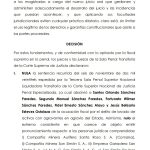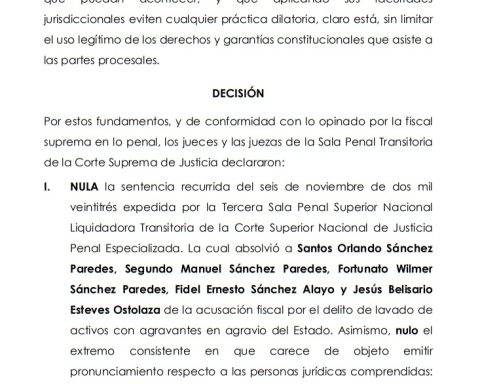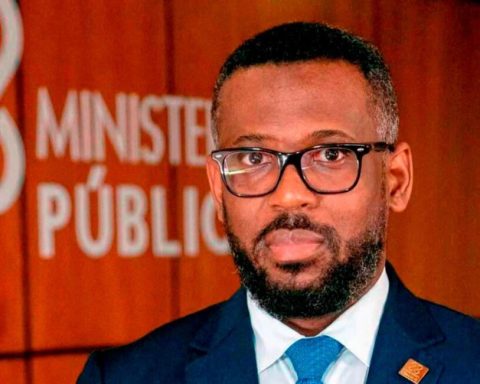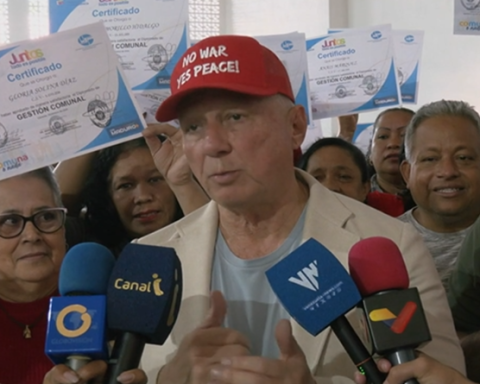The governments of Brazil and Uruguay reaffirmed their commitment to the management of water resources
The launch of a binational project took place during the celebration of 60 years of cooperation between Brazil and Uruguay in the Laguna Merín Basin.
The “Binational and Integrated Management of Water Resources in the Merín Lagoon Basin and Coastal Lagoons” project, better known as the Laguna Merín project, was launched at an event held in Pelotas (Rio Grande do Sul, Brazil), in the 60th anniversary frame the Uruguayan-Brazilian Mixed Commission for the Development of the Laguna Merín Basin.
In his speech, the Assistant Director General of FAO and Regional Representative for Latin America and the Caribbean, Mario Lubetkin, stressed that “working for water resources is a matter of rights” and that FAO prioritizes the link between water, food and the environment in its technical cooperation program.
In addition, he stressed that the Laguna Merín project is highly strategic for sustainable water management. “The Merín Lagoon, together with the Laguna dos Patos and Mangueira, represents the largest complex of coastal lagoons in the world, which makes this project even more important, not only because of the opportunities it will provide for the binational development of Brazil and Uruguay, but because it is a project that has everything to be a benchmark in other basins and shared resources throughout the region.”
The Undersecretary for the Environment of Uruguay, Gerardo Amarilla, recalled the strong commitment “of the two governments” and even of the “two societies” with the sustainable development of the Laguna Merín and its surroundings, essential “for our society and for all life ”. He considered that this initiative “is a fundamental step to understand, understand, love, care for and take advantage of this resource, preserving it for future generations” and congratulated FAO and the GEF for their support of the project.
The Minister of Integration and Regional Development of Brazil, Waldez Góes, stressed that his government has a strong commitment to international cooperation, and that this project is a great example of a successful partnership. “The protection and defense of water security, and regional and border development are directly related to the Laguna Merín project and it is necessary to invest in better management of our water resources, since this is essential for humanity.”
The Laguna Merín hydrographic basin is shared between Brazil and Uruguay, being the second largest lake in South America, with a surface area of 3,750 km. The abundance of water is the origin of the environmental and economic wealth of the basin, the basis of agriculture, forestry, livestock, fishing, aquaculture, tourism, water supply and various other services in both countries.
Financed by the Global Environment Facility (GEF) with 4.85 million dollars, the Laguna Merín project aims to strengthen the capacities of the public and private sectors in Brazil and Uruguay for joint management and integrated management of water resources, with emphasis on the sustainable and efficient use of water, the preservation of ecosystems and adaptation to climate change.
Also present at the launch were the Ambassador of Uruguay in Brazil, Guillermo Valles Galmes, the National Director of Water (Dinagua) of the Ministry of the Environment of Uruguay, Viviana Pesce, the Ambassador of the Ministry of Foreign Affairs of Brazil, Luis Alberto Figueiredo Machado. and the President of the Uruguayan Delegation to the Laguna Merín Commission, Gerardo Óscar Acosta, among other authorities, as well as members of academia and civil society from both countries.
long standing
60 years ago, the Mixed Commission for the Development of Laguna Merín emerged from a cooperation project between Brazil and Uruguay, also supported by FAO. This was an important step in the consolidation of border integration and bilateral relations between Uruguay and Brazil, based on the Laguna Merín Treaty of 1977.
Since then, the work between both countries has shown significant progress in the development of joint actions, with essential results for the proper management of the lagoon. Said Commission promoted a first binational project with the assistance of the FAO, between 1963 and 1970, within the framework of which a series of studies were carried out and recommendations were established for the management of the Lagoon, such as the creation of a research institute. This gave rise to the INIA Experimental Station “Treinta y Tres”, more than 50 years ago.
The cross-border management of the natural resources of this basin contributes to a regional development and integration model for a more participatory, inclusive and sustainable use of water.














